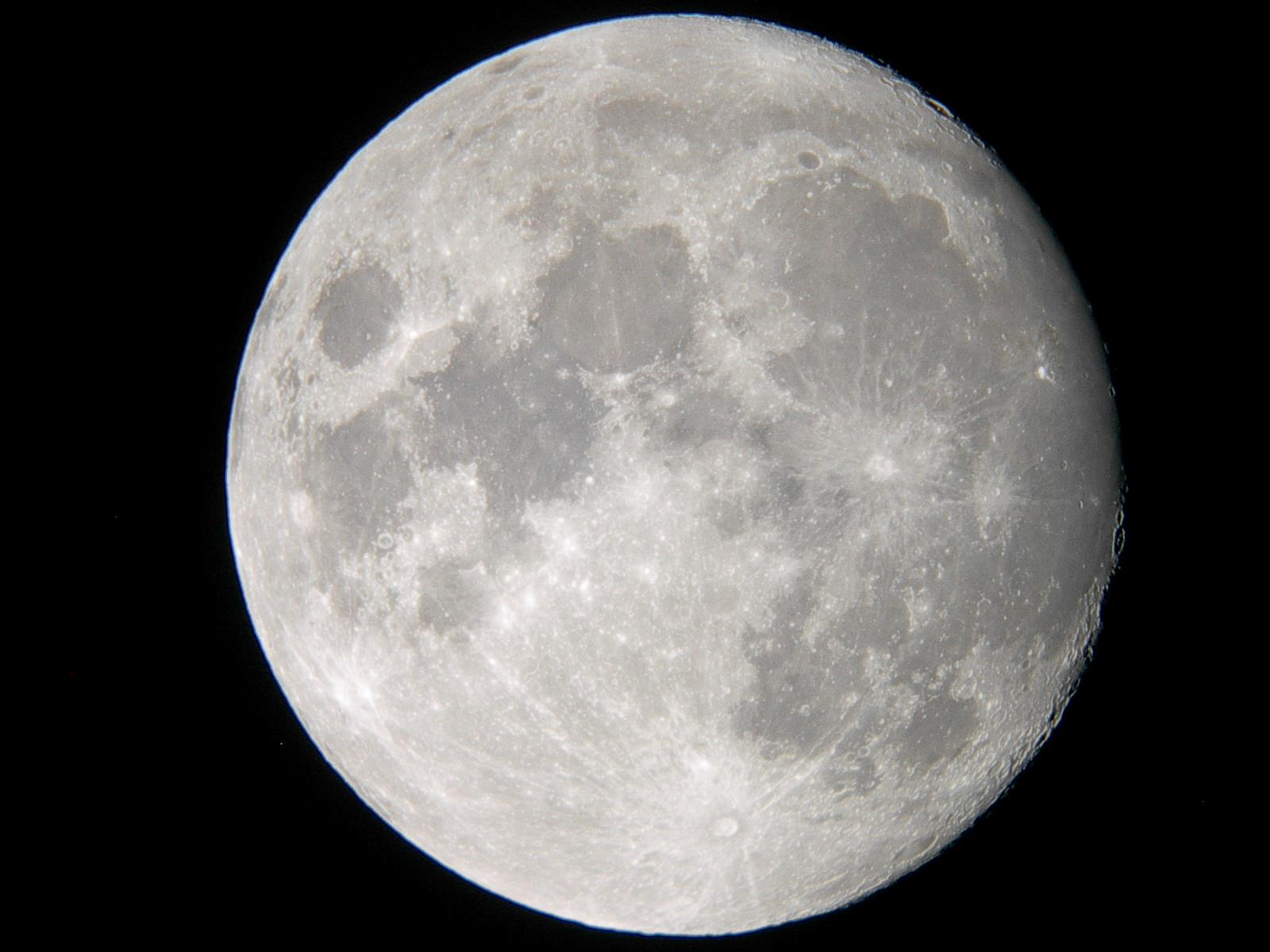Copyright breezyscroll

What Are These Strange Lunar Flashes? For decades, astronomers have reported witnessing sudden bursts of light, faint glows, and even color changes flickering across the Moon’s surface, a mystery collectively known as Transient Lunar Phenomena (TLPs). More than 3,000 such events have been documented over the years, yet their cause remains uncertain. These strange lights, sometimes lasting seconds, sometimes minutes, have been seen by both professional astronomers and amateur skywatchers around the globe. Are Meteoroid Impacts Behind the Moon’s Flashes? The leading explanation for TLPs involves meteoroid impacts. Unlike Earth, the Moon has no atmosphere to protect it from space debris. Tiny meteoroids constantly slam into its surface at high speeds, releasing bursts of energy visible from Earth as sudden flashes of light. These high-speed collisions not only create brief optical flares but also leave behind micro-craters, subtly reshaping the Moon’s surface. Each impact sprays lunar dust into space, which can temporarily reflect sunlight, adding to the glow that observers see. By monitoring these flashes, researchers can track the frequency and intensity of meteoroid strikes, helping them understand how the Moon’s landscape evolves over time. Could Escaping Lunar Gas Be the Cause? While meteoroids explain many TLPs, scientists have proposed another fascinating theory: gas emissions from beneath the Moon’s crust. Some researchers suggest that trapped gases like radon and argon occasionally seep out through cracks in the lunar surface. When these gases escape, they might either emit a faint glow or reflect sunlight, appearing as soft, shimmering spots from Earth. This theory also explains why some flashes seem to occur in the same regions repeatedly, possibly where fractures in the crust allow gas to leak periodically. Such activity, though minimal, hints that the Moon may not be as geologically “dead” as once thought. Studying these emissions could reveal clues about the Moon’s internal structure and its ancient volcanic history. Why Transient Lunar Phenomena Still Baffle Scientists Despite decades of observation, TLPs remain unpredictable. They can occur anywhere on the Moon, at any time, and are often too brief to capture in real time. Modern telescopes and lunar missions have improved detection accuracy, but distinguishing between an actual TLP and an optical illusion caused by atmospheric distortion remains a challenge. As technology advances, especially with ongoing lunar exploration missions from NASA, ESA, and ISRO, scientists hope to finally pin down the origins of these mysterious flashes. Why These Flashes Matter Studying TLPs is more than a cosmic curiosity. These events provide key insights into: The rate of meteoroid bombardment on the Moon. The composition and activity of its surface layers. Possible gas emissions hint at subsurface processes. In turn, understanding these dynamics helps researchers model how other airless celestial bodies, like Mercury or asteroids, evolve over time. For Earth-based astronomers, the Moon continues to serve as a natural laboratory, reflecting both the quiet and the chaos of our solar system.



